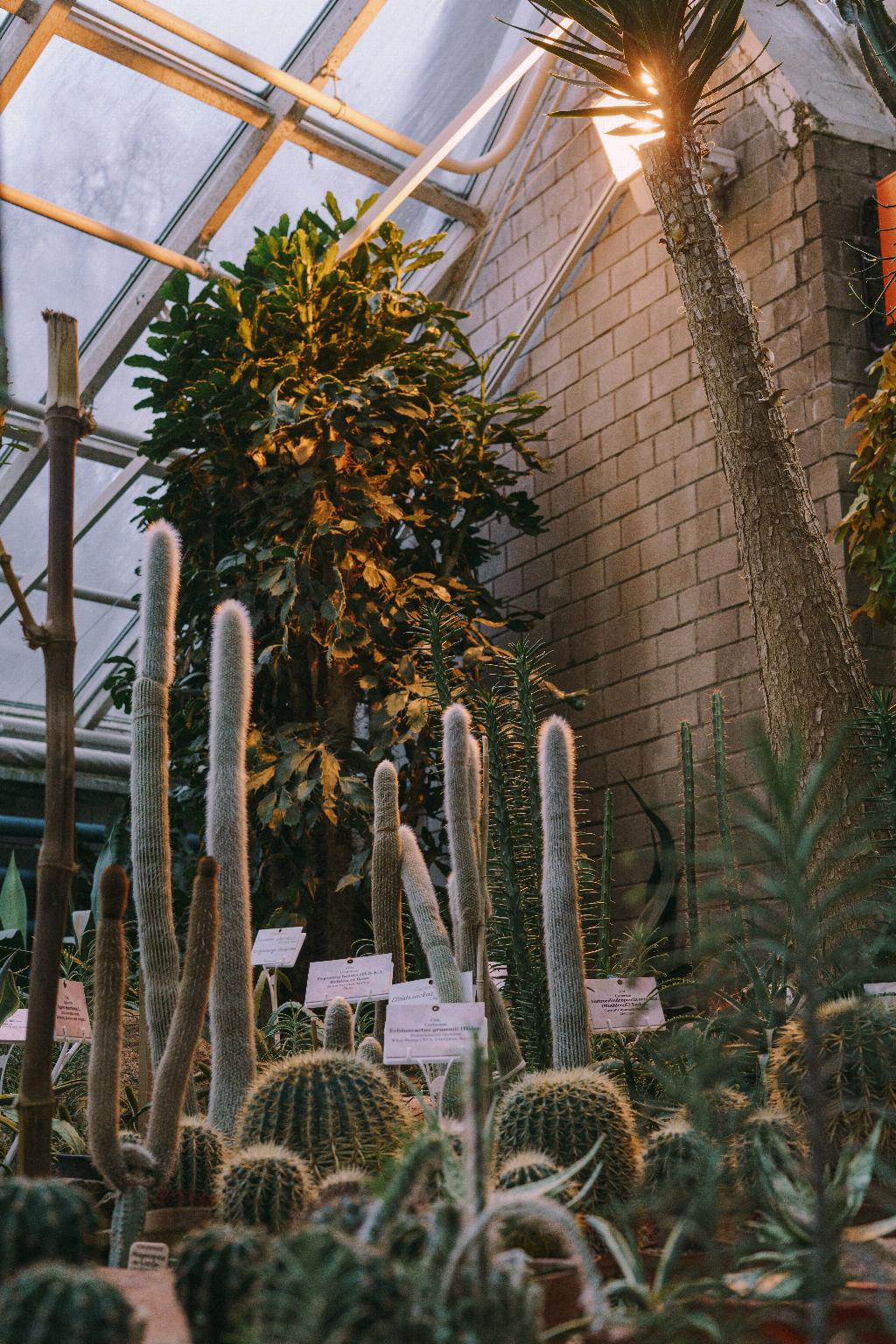When you think of the desert, what’s the first image that comes to mind? Sun-scorched sand dunes, vast stretches of arid land, and of course, the resilient cactus plants standing tall amidst the harsh conditions. But have you ever wondered how these prickly succulents manage to thrive in such extreme environments? Let’s delve into the fascinating world of cacti and explore the secrets behind their survival in the desert.
Introduction to Cactus Survival in Deserts
Before we unravel the mysteries of cactus survival, let’s start with an overview of their remarkable adaptations. Cacti have evolved unique features that enable them to flourish in arid regions, with water conservation playing a crucial role in their ability to thrive amidst desert conditions.
Physical Adaptations of Cacti
One of the standout characteristics of cacti is their exceptional capacity for water storage. These plants have developed specialized tissues in their stems that allow them to store large quantities of water, serving as reservoirs to sustain them through long periods of drought. When rainfall does occur, cacti quickly absorb water through their roots and store it in their fleshy stems, a clever strategy for surviving in water-scarce environments.
In addition to water storage, cacti have also devised a unique photosynthesis process that helps them conserve water. Unlike most plants that open their stomata during the day to take in carbon dioxide, cacti have adapted to carry out photosynthesis at night when temperatures are cooler, reducing water loss through transpiration.
Behavioral Adaptations of Cacti
Aside from their physical adaptations, cacti have also developed behavioral strategies that contribute to their survival in the desert. For instance, cacti exhibit specific flowering and seed production mechanisms that optimize reproduction in arid environments. By producing showy flowers that attract pollinators such as bees and birds, cacti ensure successful seed dispersal despite limited resources.
Another intriguing behavior displayed by some cacti species is nocturnal CO2 uptake. During the night, when temperatures drop and moisture loss is minimized, certain cacti absorb carbon dioxide for photosynthesis, a nocturnal activity that helps them conserve precious water resources.
Interaction with Desert Ecosystem
Cacti play a vital role in the desert ecosystem, forming symbiotic relationships with animals that aid in their pollination. Bees, bats, and birds are among the key pollinators that visit cactus flowers, facilitating cross-pollination and ensuring genetic diversity within cactus populations. In return, these pollinators benefit from the nectar and pollen provided by cacti, showcasing the intricate connections that exist within desert ecosystems.
Despite their resilience, cacti face challenges in their quest for survival, including climate variability in desert regions and human-induced impacts on their habitats. Climate change has led to unpredictable weather patterns, affecting rainfall distribution and temperature fluctuations that can disrupt cactus growth and reproductive cycles. Additionally, human activities such as habitat destruction and illegal harvesting pose significant threats to cactus populations, highlighting the importance of conservation efforts to safeguard these unique plants.
Conclusion: Sustainable Strategies for Preserving Cactus Survival in Deserts
As we marvel at the adaptability of cacti in overcoming the harsh conditions of the desert, it is essential to recognize the importance of preserving these remarkable plants for future generations. By understanding the intricate mechanisms behind cactus survival, we can implement sustainable strategies to protect their habitats, mitigate climate-related risks, and ensure the longevity of these iconic desert dwellers. Let’s appreciate the tenacity and beauty of cacti as they continue to thrive in the challenging landscapes of the desert.

